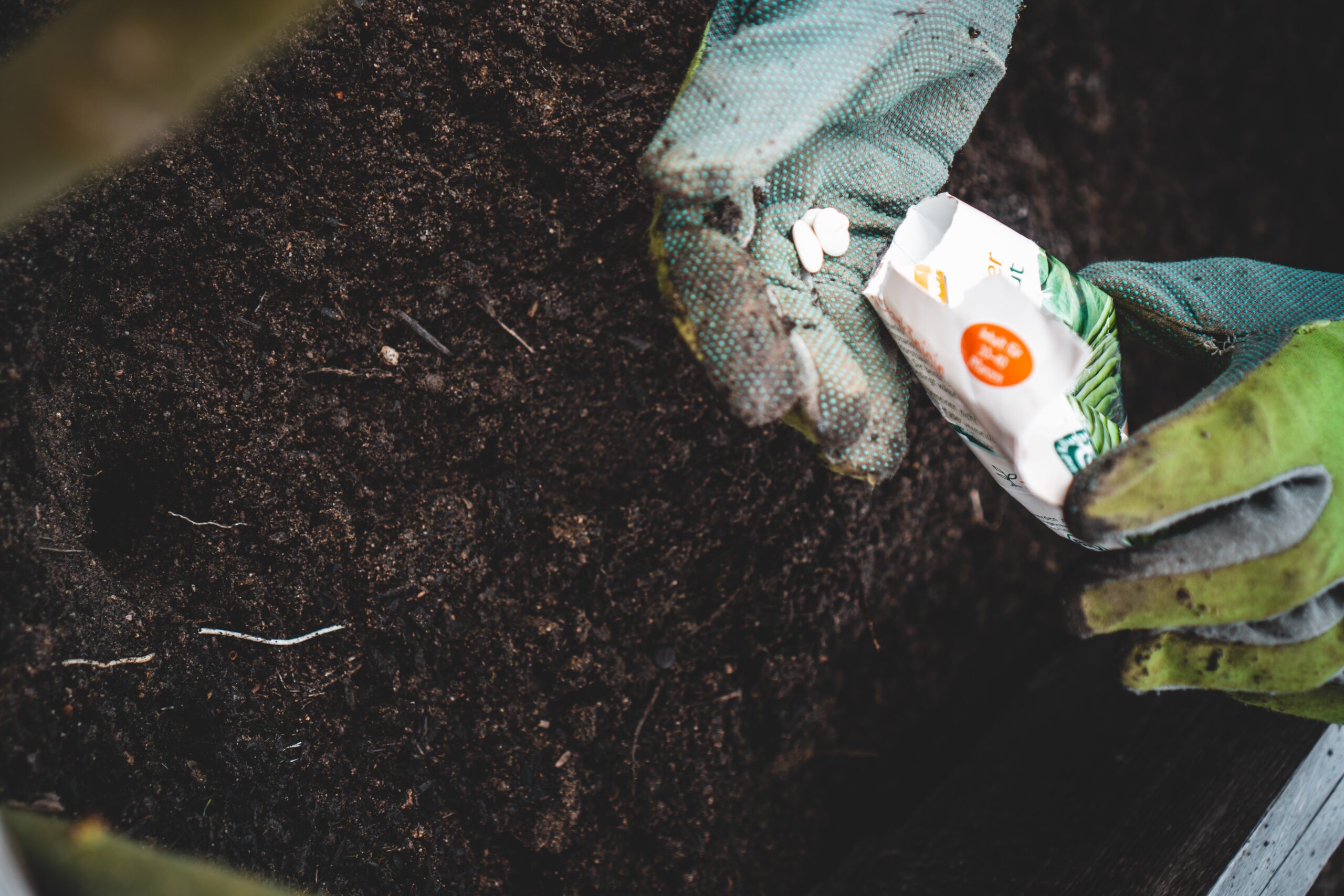This post is written by Dr. Timothy Rasinski. Learn more about Dr. Rasinski at the bottom of this post.
Research has demonstrated that the size and depth of students’ vocabularies are associated with proficiency in reading comprehension. Words matter in reading. Words also matter in academic areas. In science, words are labels for key scientific concepts. Although learning science-related words is critical to success, teaching them can be challenging – many scientific ideas are new to students, and most scientific concepts are abstract. Asking students to look up and memorize words and their definitions in dictionaries or textbook glossaries is, at best, a short-term solution and, at worst, can lead students to deep disinterest in studying words.
Another Approach – Word Roots
A word root is an umbrella term for a word part that carries meaning, including prefixes, bases, and suffixes. Importantly, our understanding of a new word’s meaning begins not with the prefix but with the base because the base is the root that provides the word’. Moreover, the ubiquitous nature of word roots means that they appear in many words – learning one word root can help readers understand many words. Since over 90 percent of all academic words (including science) are derived from Greek and Latin word roots, it seems that a comprehensive and efficient approach to teaching science vocabulary is to teach the word roots that underly the scientific concepts and words students will encounter in their science instruction.
Here’s a year’s worth list (one per week) of some of the many science-related word roots (and their meanings) derived from Latin and Greek that students will encounter in their science instruction. Interestingly, many of these roots also find their way into the vocabularies of other academic areas, such as math and social studies.

You can easily see how these word roots are found in many science words and concepts, especially in longer scientific words that combine multiple bases, prefixes, and suffixes (e.g., abrupt, interruption, photosynthesis, illuminate, orthodontist, biodiversity, sediment, subside, etc.).
How to Start with Word Roots
There are many ways to include word roots in science and vocabulary instruction. One of the simplest is to develop in students an awareness of and fascination for word roots. This can be done by starting each week with a new word root and presenting students with the root, its meaning, and a list of words that contain that word’s roots. Perhaps make a classroom visual display of the root, its meaning, and a list of related words (students could keep their own personal word journals with this information). Then throughout the week, make quick references to the root, perhaps adding a new word each day to the display. And, of course, when coming across new words containing the root in your instruction, draw students’ attention to the word, and its root. Here’s an example using the “hydr(o)” word root:

A few minutes each day studying the targeted word root and reading texts containing word roots can go a long way to develop students’ understanding of science (and other academic areas), build their general vocabularies for reading and writing, and develop students’ fascination with words toward becoming a true “lexophile” (“lex” = word; phile = love/lover).
Recommended Resources
Rasinski, T., Padak, N., Newton, R., & Newton, E. (2014). Getting to the Roots of Science Vocabulary: 6-8. Huntington Beach, CA: Shell Education. (find at www.tcmpub.com)
Rasinski, T., Padak, N., Newton, R., & Newton, E. (2014). Building Vocabulary from Word Roots: Kits for Grades 3 through 11. Huntington Beach, CA: Teacher Created Materials. (find at www.tcmpub.com )


Dr. Tim Rasinski is a Professor of Literacy Education at Kent State University where he holds the Rebecca Tolle and Burton W. Gorman Chair in Educational Leadership. A former classroom and reading intervention teacher, Tim is a member of the International Reading Hall of Fame and was recently identified to be among the top 2% of scientists in the world.
Tim’s Email is trasinsk@kent.edu You can follow Tim at @timrasinski1
Cover Photo by Arun Geetha Viswanathan on Unsplash







